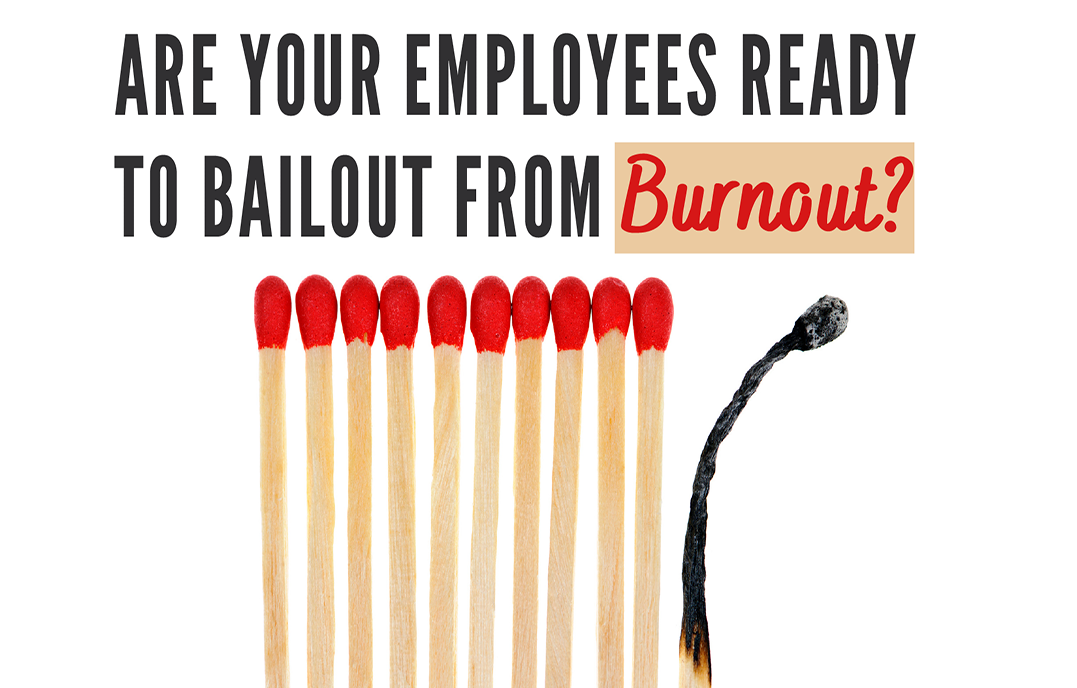Last month, I called my go-to window washer to schedule a much-needed cleaning. I usually have this done twice every year, but…well, you know. He was booked solid for the next two weeks, but we managed to get the job scheduled. When he came to my house, I asked if he’d been extra busy with customers like me scheduling make-up window cleaning. “Yes,” he said, “I’ve had more back-to-back jobs in the last two months than I had all of last year.”
I had similar conversations with a landscaping crew, the dental hygienist, and the manager at my local dry cleaners. Everyone is happy to have plenty of work to do, but managing the sudden surge in demand while trying to deal with pandemic fatigue and get through the upcoming holiday season can set us up for a triple dose of mental drain this quarter.
If this is happening to me and the people who I’m running into personally, it’s likely happening to you and your team. Here are some guidelines for keeping your employees from bailing out from burnout.
1. Check-in. Instead of jumping right into Q3 reports, Q4 forecasts, and 2022 strategic planning, check in with your team members in one-on-one conversations by simply asking them how they are doing in the midst of all that’s going on. It may seem like such a small thing, but it can be surprisingly helpful. If you can provide a safe space to let your team members share what’s occupying their minds, they can feel calmer, clearer and better able to focus on other things.
2. Don’t fix. Just Listen. Listening sounds so simple, right? Hearing what the other person is saying is one thing, but really listening—listening for meaning, and how the other person is feeling—is something that takes discipline. As a manager, your brain may shift into “Let’s solve it” gear. When you’ve invited your team member to share what’s on their mind, this is not the time for a quick fix. Instead, listen to understand your team member’s feelings, then identify and acknowledge those feelings. Be supportive and nonjudgmental, whether your perspective matches theirs or not.
3. Keep extra passes handy. Now is the time to internalize that everyone you interact with is struggling, and in ways you may never fully understand. When you notice your team member acting in an atypical way, give them a pass. Assume that they are acting from a place of good intentions and don’t take it personally. This is not the time to flex your positional power. Instead, give them time to process, then repeat Step 1, above.
Under the best of circumstances, many of us struggle to navigate the Q4 crush. These are not the best of circumstances, and it’s more important than ever to model empathy and help your team members avoid burnout.
Question: How do you keep your employees from bailing out from burnout?
Driven by the premise that excellence is the result of aligning people, purpose and performance, Center for Executive Excellence facilitates training in leading self, leading teams and leading organizations. To learn more, subscribe to receive CEE News!




